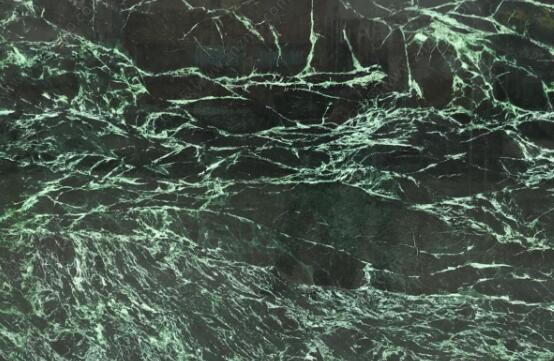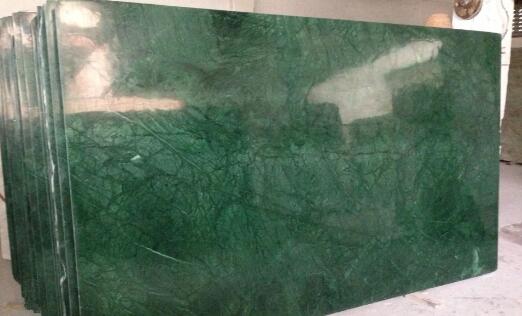Green marble has become increasingly popular in recent times for its unique color and beauty. However, there has been a debate among scientists and geologists about whether green marble is actually marble or not. This controversy has been fueled by the fact that green marble is not just a single type of stone but a term used for various types of green-colored stones that have similar features to marble. So, is green marble actually marble?

To begin with, marble is a metamorphic rock that is formed through the process of crystallization of limestone or dolomite. It is typically characterized by its white or light-colored appearance with intricate veins and patterns. On the other hand, green marble has a greenish hue caused by impurities such as serpentine, chlorite or epidote, which are not found in traditional marble.
One way to distinguish green marble from traditional marble is its hardness. Marble is a relatively soft stone that is easy to work with, while green marble is much harder due to its different mineral composition. Green marble is more durable and resistant to scratches, making it an excellent choice for flooring, countertops and other architectural applications.

Moreover, green marble has a unique texture that sets it apart from traditional marble. Its grainy texture gives it a natural-looking appearance that is not present in other types of stones. The green coloration, combined with its unique texture, provides a stunning and unique aesthetic, making it a popular choice among interior designers and architects.
In conclusion, while green marble shares some similarities with traditional marble, it is not technically classified as marble due to its different mineral composition and unique characteristics. However, this distinction should not detract from the beauty and utility of green marble, as it has become an increasingly popular and sought-after stone for its unique color and texture.